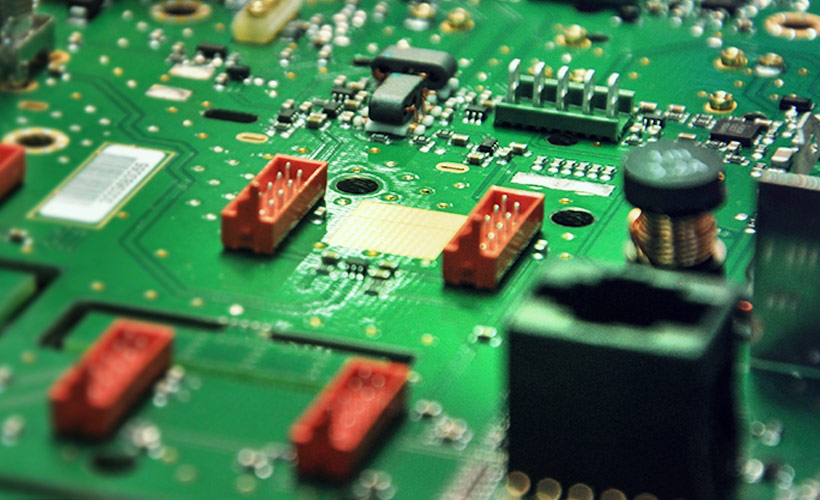Capacitors vs. Inductors: Unraveling the Key Differences in Electronic Components
The realm of electronic components is rich and diverse, and two fundamental players in this domain are capacitors and inductors. This article aims to delve into the intricacies of capacitors and inductors, unraveling their distinct characteristics, functions, and applications. By understanding the differences between these components, enthusiasts and engineers can make informed decisions in circuit design and troubleshooting.
- Fundamental Functionality:
- Capacitors:
Capacitors store and release electrical energy in the form of an electric field between two conductive plates. They are crucial for smoothing voltage fluctuations, filtering signals, and providing energy storage in electronic circuits. - Inductors:
Inductors, on the other hand, store energy in the form of a magnetic field when current flows through a coil. They are essential in applications involving energy storage, filtering, and as key components in transformers and inductance-based sensors.
- Response to Voltage and Current Changes:
- Capacitors:
Capacitors respond to changes in voltage by accumulating a charge. They oppose sudden changes in voltage, making them effective in filtering high-frequency signals and stabilizing power supplies. - Inductors:
Inductors respond to changes in current by inducing a voltage. They resist changes in current flow, making them effective in smoothing out current variations and filtering low-frequency signals.
- Impedance Characteristics:
- Capacitors:
The impedance of a capacitor decreases with increasing frequency. Capacitors act as open circuits at low frequencies and short circuits at high frequencies. - Inductors:
The impedance of an inductor increases with increasing frequency. Inductors act as short circuits at low frequencies and open circuits at high frequencies.
- Applications in Circuit Design:
- Capacitors:
Capacitors find applications in coupling and decoupling signals, energy storage in power supplies, timing circuits, and filtering unwanted frequencies. - Inductors:
Inductors are commonly used in energy storage, transformers for voltage conversion, filtering low-frequency signals, and inductance-based sensors.
- Physical Construction:
- Capacitors:
Capacitors consist of two conductive plates separated by a dielectric material. The capacitance value is determined by the surface area of the plates, the distance between them, and the dielectric constant of the material. - Inductors:
Inductors are typically coils of wire wound around a core material. The inductance value is influenced by the number of turns in the coil, the cross-sectional area, and the magnetic properties of the core material.
- Response to Direct Current (DC) and Alternating Current (AC):
- Capacitors:
Capacitors block DC (act as an open circuit) and pass AC signals. They are commonly used in coupling capacitors to block DC in audio circuits. - Inductors:
Inductors allow DC to pass through (act as a short circuit) and impede the flow of AC signals. They are used in filtering and energy storage applications.
Conclusion:
Capacitors and inductors, despite their contrasting characteristics, work in harmony to shape the functionality of electronic circuits. Understanding their unique properties is pivotal for engineers and enthusiasts alike. Harmony in Dissonance provides a nuanced exploration of these essential electronic components, fostering a deeper appreciation for their roles in the intricate world of electronics.

Post Comment